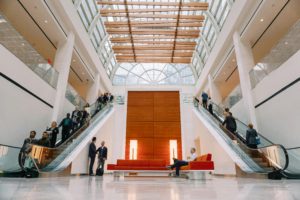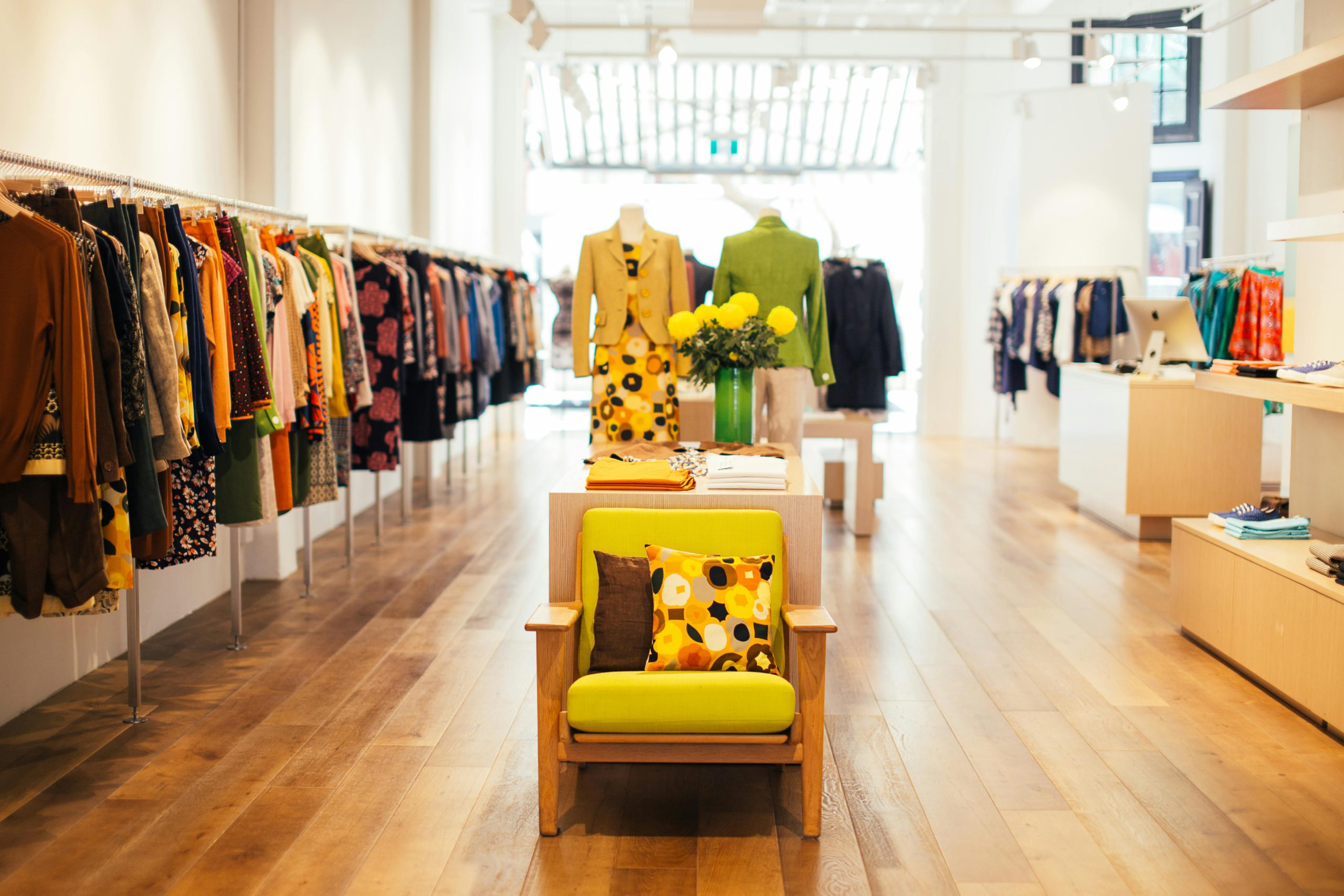In the bustling city of Melbourne, commercial interior designers continuously push the boundaries of innovation to create captivating and immersive retail spaces. From chic boutiques to flagship stores, the landscape of retail design is evolving, emphasising creativity, functionality, and customer engagement. In this exploration, we delve into some of the most creative concepts in retail store design, highlighting the ingenuity of commercial interior designers in Melbourne.

- Experiential Design: Creating unforgettable experiences is essential to drawing in new customers and keeping existing ones in today’s cutthroat retail environment. Commercial interior designers in Melbourne are embracing experiential design concepts, transforming traditional retail spaces into immersive environments that engage all the senses. From interactive displays and pop-up installations to sensory branding and virtual reality experiences, these innovative approaches aim to forge deeper connections with customers and drive brand loyalty.
- Multi-Sensory Elements: Beyond visual aesthetics, commercial interior designers incorporate multi-sensory elements into retail store design to create more impactful and memorable experiences. This may include integrating soundscapes, ambient lighting, and aromatherapy to evoke specific moods and emotions. By stimulating multiple senses simultaneously, retailers can create a more immersive and compelling environment that resonates with customers on a deeper level.
- Flexible Spaces: Flexibility is increasingly becoming a hallmark of innovative retail store design in Melbourne. Commercial interior designers are creating adaptable spaces that can easily be reconfigured to accommodate changing needs and preferences. This may involve modular furniture, movable partitions, and flexible layouts that can be easily adjusted to accommodate different product displays, events, and customer interactions.
- Brand Storytelling: Effective storytelling has become an integral part of retail design as brands seek to connect with consumers more emotionally. Commercial interior designers in Melbourne are incorporating elements of brand storytelling into their designs, weaving narratives that reflect the brand’s values, history, and personality. This may involve integrating branded graphics, signage, and interactive exhibits that communicate the brand’s story and engage customers on a deeper level.
- Sustainable Design Practices: With growing awareness of environmental issues, sustainable design practices have become a priority for commercial interior designers in Melbourne. From eco-friendly materials and energy-efficient lighting to waste reduction strategies and green building certifications, retailers increasingly embrace sustainable design principles to minimise their environmental footprint and appeal to eco-conscious consumers.
- Digital Integration: The integration of digital technology has revolutionised retail store design, offering new opportunities for customer engagement and interaction. Commercial interior designers in Melbourne incorporate digital elements such as interactive touchscreens, digital signage, and augmented reality experiences to enhance the retail environment and provide customers with personalised shopping experiences.
- Community Engagement: Retail stores are increasingly becoming community hubs where customers can shop, socialise, learn, and connect with others. Commercial interior designers in Melbourne are embracing this trend by creating spaces that foster community engagement and interaction. This may involve incorporating communal seating areas, hosting events and workshops, and partnering with local artists and artisans to showcase their work.
- Innovative Materials and Finishes: The creative use of materials and finishes can dramatically enhance retail spaces’ visual appeal and functionality. Commercial interior designers in Melbourne are experimenting with innovative materials such as reclaimed wood, recycled plastic, and sustainable textiles to create unique and eye-catching interiors. By incorporating unexpected textures, patterns, and colours, designers can create spaces that stand out and leave a lasting impression on customers.
- Personalization and Customization: In an era of mass production and uniformity, personalised shopping experiences are increasingly valued by consumers. Commercial interior designers in Melbourne are embracing this trend by creating retail spaces that offer personalised and customizable experiences. This may involve incorporating features such as interactive product customization stations, customised styling services, and digital tools allowing customers to design their products.
- Embracing Art and Culture: Melbourne is known for its vibrant arts and culture scene, and commercial interior designers are drawing inspiration from this rich cultural landscape to create unique and immersive retail experiences. From incorporating local artwork and cultural motifs to hosting art installations and cultural events, designers are infusing retail spaces with elements that celebrate the diversity and creativity of the city.
Creative concepts in commercial interior design Melbourne are transforming the retail landscape in Melbourne, creating immersive, engaging, and memorable experiences for customers. From experiential design and multi-sensory elements to flexible spaces and sustainable practices, commercial interior designers embrace innovation to create retail environments that captivate and inspire. As the retail industry continues to evolve, these creative concepts will play an increasingly important role in shaping the future of retail design in Melbourne and beyond.

